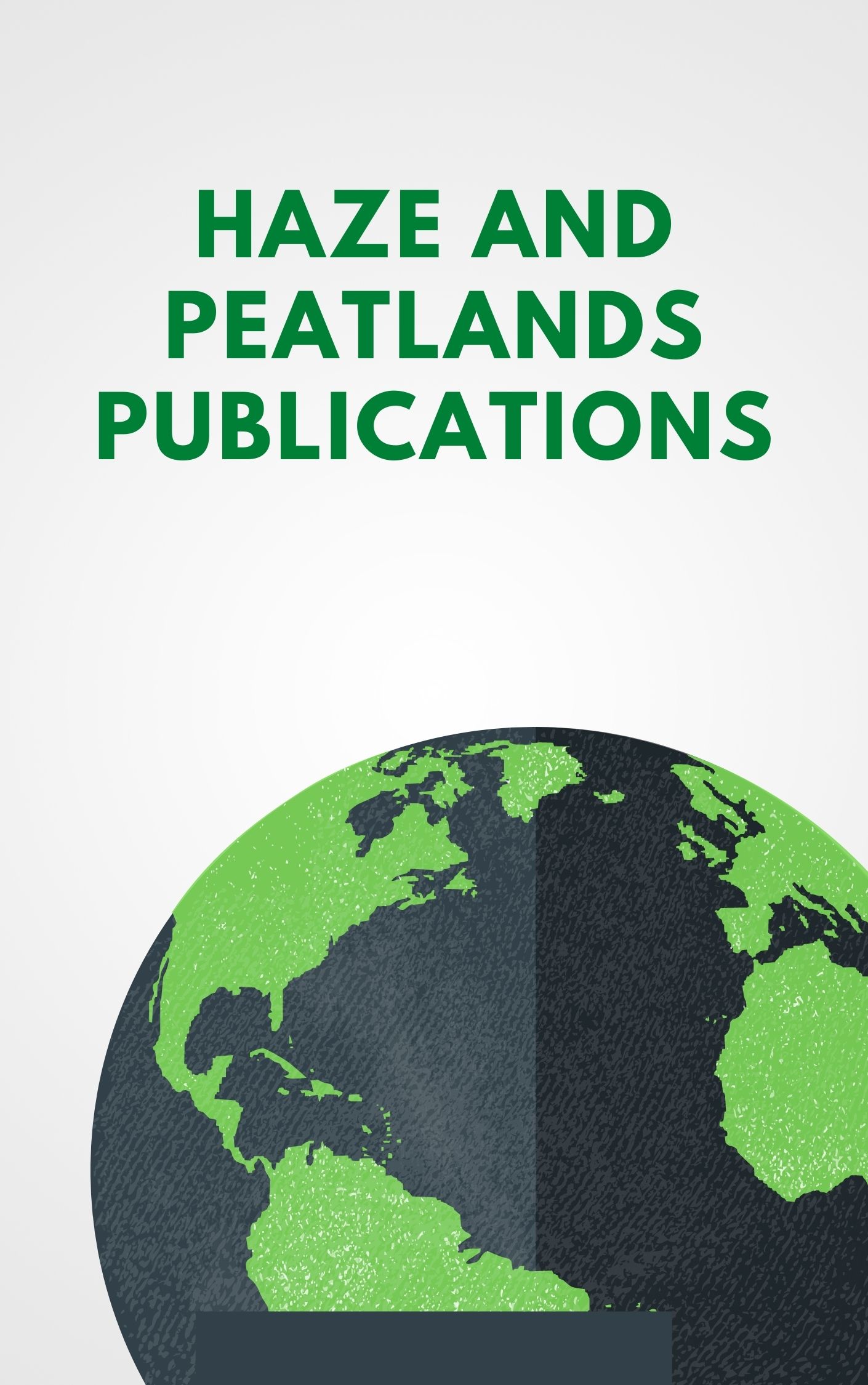In Thailand, cassava (Manihot esculenta Crantz ‘Pirun 2’) is an important economic crop. The tissue culture technique is used to produce true-to-type cassava plantlets on a large scale within a short period. Therefore, the objective of this study was to investigate the optimum culture medium for cassava axillary bud in vitro propagation. Stem nodes were treated with a solution of 20% (v/v) commercial bleach (25% w/v NaOCl) for 10 minutes. Then, the sterilized buds were cultured on three different types of culture media: Murashige and Skoog (MS), Driver and Kuniyaki Walnut (DKW), and MS supplemented with NAA and BA. Various parameters were evaluated for their effects on plantlet development (height of shoot and numbers of leaves, roots, and shoots after 1 month). The results showed that the mean (± standard deviation) numbers of leaves (6.67 ± 0.82) and roots (2.50 ± 0.55) were significantly higher when they were cultured on MS medium. In addition, the highest number of shoots (3.67±0.82) was obtained on MS medium supplemented with 0.05 mg/l NAA+1 mg/l BA. The cut shoots of plantlets cultured on MS medium without hormones developed into mature plantlets after 1 month. Thus, the MS medium was the optimum for mature cassava Pirun 2 culture. This protocol would be useful for plantlet induction on MS medium supplemented with NAA and BA hormones to produce more shoots and for transfer to MS medium without rooting hormones. Moreover, in vitro derived plantlets were successfully acclimatized on a peat moss which gave the high percentage of transplanting survival (100%).
View source

